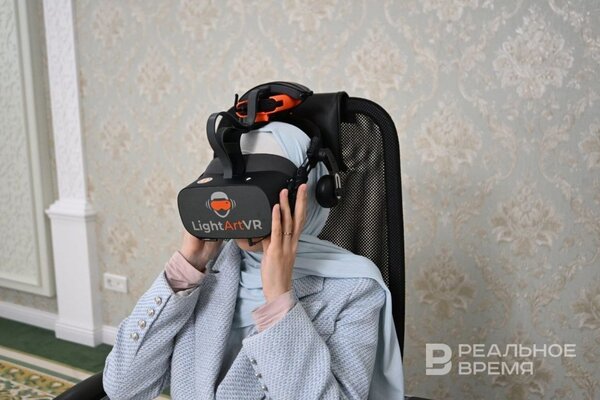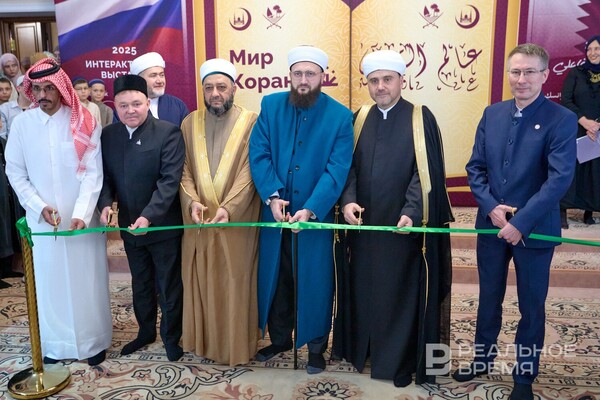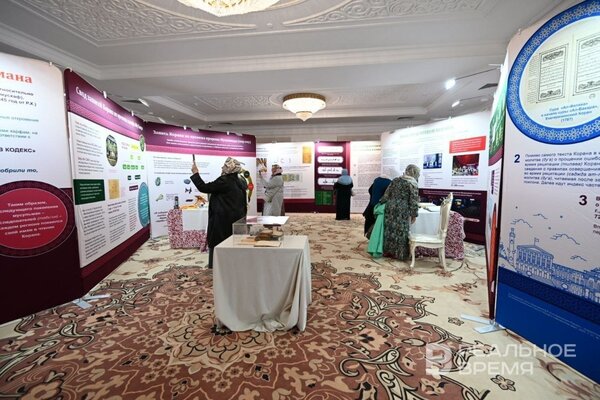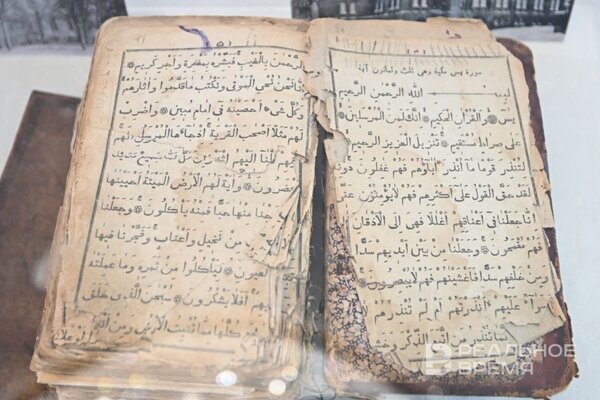Final Stop for ‘World of the Quran’ Exhibition Concludes in Kazan
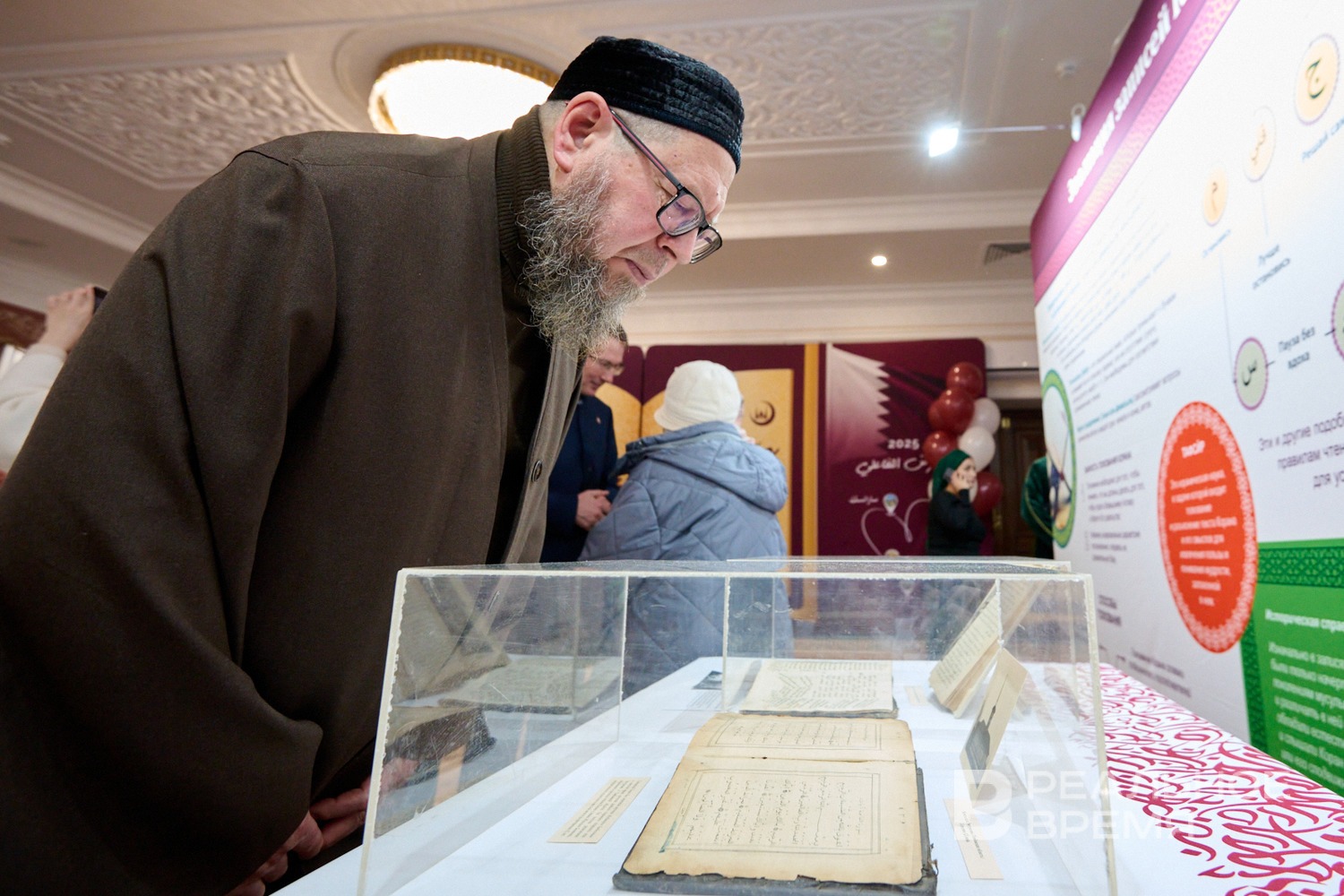
The Quran exhibition, jointly organized by the Spiritual Administration of Muslims of the Russian Federation and Qatar’s Ministry of Awqaf and Islamic Affairs, was held at the Marjani Mosque in Kazan.
It featured historical displays, films, educational activities, and virtual reality experiences designed to introduce the Quran to visitors of all backgrounds, Realnoe Vremya reported on Wednesday.
Deputy Chairman of the Spiritual Administration of Muslims of Russia, Rushan Abbyasov, said that the project had merged the creative approaches of the two partners, resulting in a distinctive and multifaceted presentation. Following its success in Moscow, he noted, cities across Russia requested to host it.
The 2025 tour included stops in Moscow, Saratov, and Saransk, concluding in Kazan. During the opening, Tatarstan’s Mufti, Kamil Samigullin, presented a Quran published by the Khuzur press and suggested adding it to the exhibition’s collection.
Read More:
The exhibition occupied two floors in the mosque’s right wing. Large panels on the first floor detailed how the Quran was revealed, compiled, and preserved.
The displays also explained the Quran’s structure—114 chapters comprising over 77,000 words—and its later written forms. A section explored early European printings of the Quran in Venice, Hamburg, and the Netherlands, which contained textual errors. Attention then turned to the 1787 St. Petersburg edition, printed with a specially designed naskh-style Arabic font.
A significant section focused on Kazan’s own printing history. The Kazan Basmasy, first issued in 1803, was reprinted 165 times before the Russian Revolution. An 1898 copy was on view, and organizers plan to include a modern version soon.
Other notable data-x-items included a Quran printed in Braille, a copy that survived the Siege of Leningrad, and a handwritten manuscript from the Tambov region. The exhibition also highlighted the development of diacritical marks—introduced as Islam spread beyond the Arab world to ensure accurate recitation by non-native speakers.
The second floor hosted children’s workshops and a virtual reality zone produced by Qatari developers. The VR experience enabled participants to explore Mecca, Medina, and even the interior of the Kaaba, in line with Islamic artistic conventions that avoid depicting people or animals.
Read More:
Throughout the exhibition, visitors could earn certificates by completing educational activities such as tracing Arabic calligraphy or reciting Al-Fatiha, the Quran’s opening chapter. Daily screenings featured documentaries and short films, including The History of the Quran: From Revelation to Scripture and Al-Khwarizmi — Father of Mathematics.
Held from 4 to 6 October, The World of the Quran in Kazan marked the final leg of its Russian tour. Organizers have already received invitations to bring the exhibition to the Caucasus, Siberia, and the Far East in 2026.
Source: Agencies



